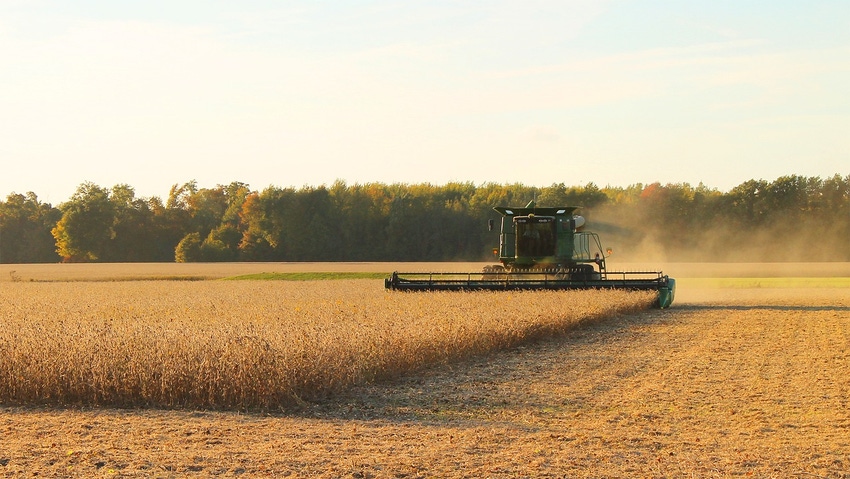Lenders expect financial stress to worsen for farmers, ranchers
New survey shows decreases in land values, increasing demand for loan.

According to a recent study of lenders, financial stress on farmers is expected to continue for some time.
“Our research indicates a continued deterioration in agricultural credit conditions,” said Allen Featherstone, head of the Kansas State University Department of Agricultural Economics.
The 2016 Fall Agricultural Lender Survey by the Kansas State University Department of Agricultural Economics and the University of Georgia studies the expectations of lenders in regard to interest rates, spread over cost of funds, farm-loan volume, nonperforming loans and land values as indicators of the overall health of the farm finance sector.
According to the twice-a-year study, more than 50% of land values are decreasing within the areas covered by participating lenders. These values are set to continue to decrease over the short- and long term and are affecting credit limits for landowners and producers.
The survey also showed non-performing loans are on the rise for all loan types. However, a lower percentage of lenders reported an increase in farm real estate loans over the past three months, an indication of a less active agricultural real estate market. Despite the decrease, lenders expected future demand will continue to increase.
Agricultural lenders expect demand for total farm loans to increase in both the short term and long term. There was a particularly strong sentiment in the short term as 60% of lenders expected an increase in the next year with only 17% expecting a decrease. This increase in demand may indicate that lenders expect more farm real estate to change hands in the future.
The survey revealed the increased demand in loans is due to decreased liquidity in production operations. Operating loans have particularly seen and increased as producers attempt to bridge the gap of the current fiscal downturn. Making matters worse, interest rates on those loans are expected to increase and continue to rise over time.
The problems aren’t isolated to just one commodity, either. According to the survey results, they are spreading into every aspect of farming. While the largest increases for non‐ performing loans in the past three months were attributable to corn, soybean, and wheat loans, the livestock sector has also experienced fiscal challenges this year.
“Cattle feeding losses have continued to be large. Many ranchers either decided not to place cattle on video markets this summer or to no sale calves because they did not like the prices offered,” one survey respondent noted. “We anticipate a glut of feeder calves on the market this fall. Most feeders have a weaker working capital position than they have had in many years which will temper their appetite to pay up for calves. This will put pressure on cow‐calf operations this fall and we anticipate more retained ownership. More calves in rancher hands through finish will likely prolong the pain that exists in the feed yard sector.”
Featherstone said both the livestock sectors and the crop sectors are struggling meeting cash-flow issues.
About the Author(s)
You May Also Like


